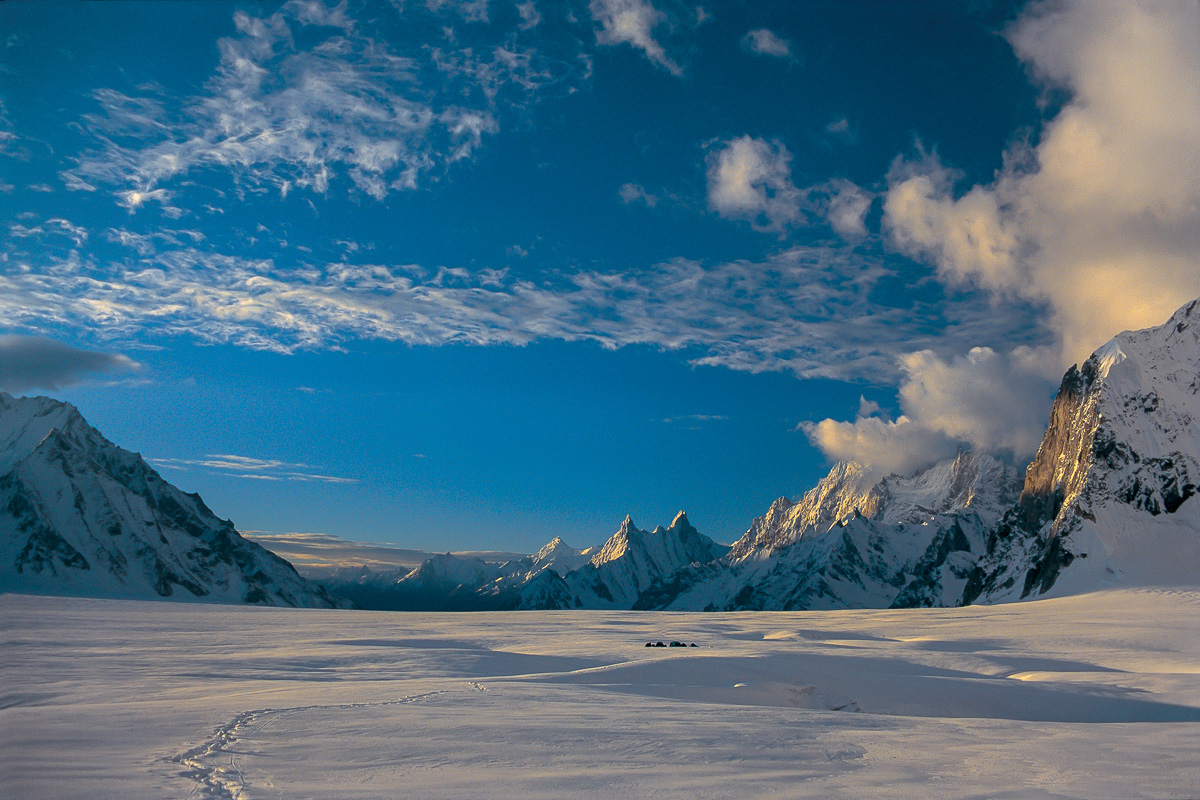About Ian Evans
Mountaineer, Photographer and Writer
Ian Evans is a mountaineer, photographer and writer on the mountains of Britain and The Himalaya. Born and educated in Liverpool, he now lives in the village of Invermoriston in the heart of the Highlands of Scotland where he enjoys easy access to most of Scotland's finest mountains.
Ian's portfolio reflects his passion for high mountains and wild places, and many of his chosen viewpoints are beyond the reach of the traditional landscape photographer, requiring detailed planning, preparation, determination and a high level of fitness and commitment.
He is a sensitive observer of landscape and light; his love for, and understanding of this environment is reflected in every image.







